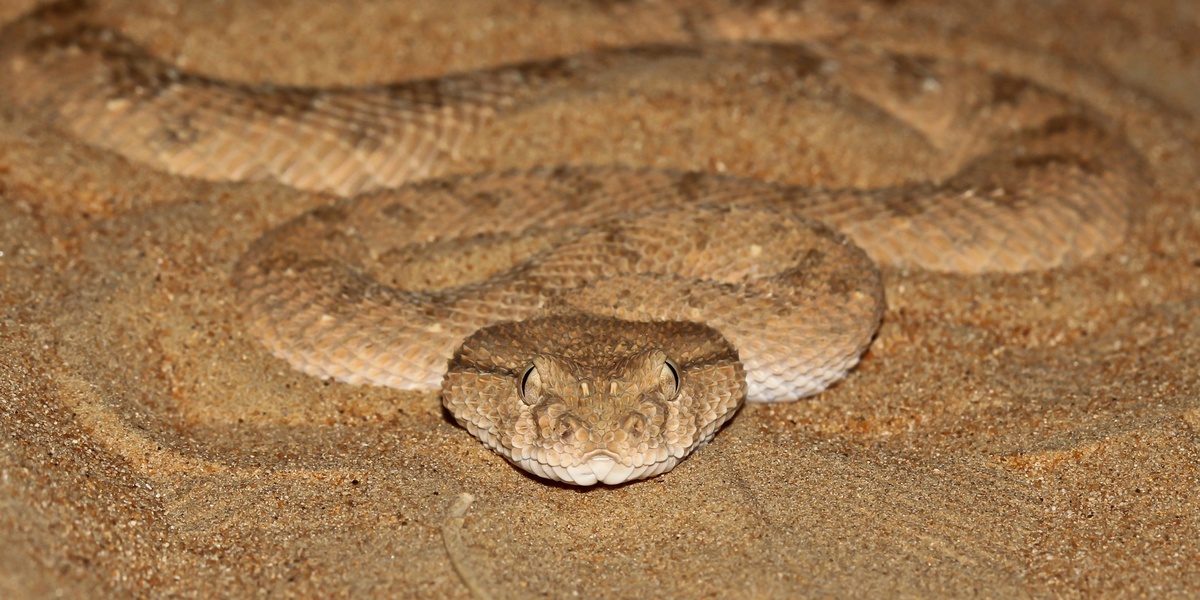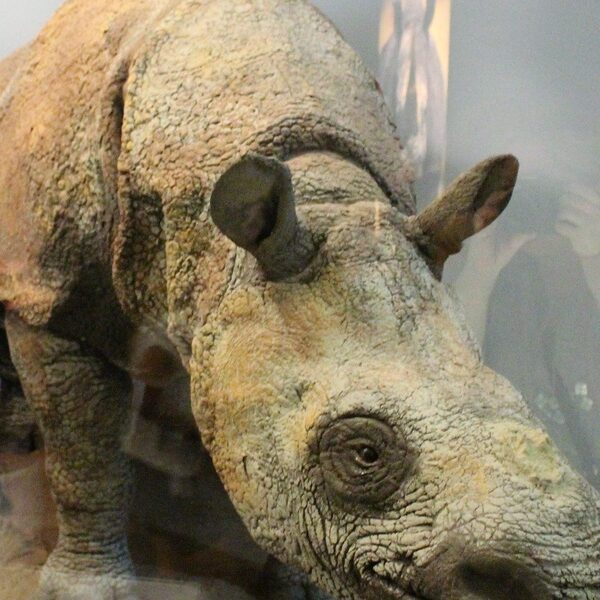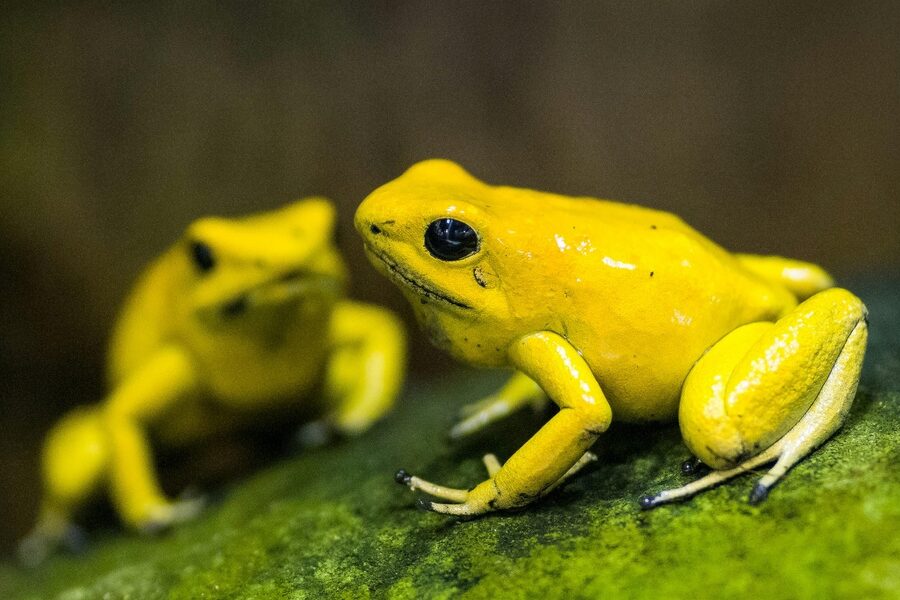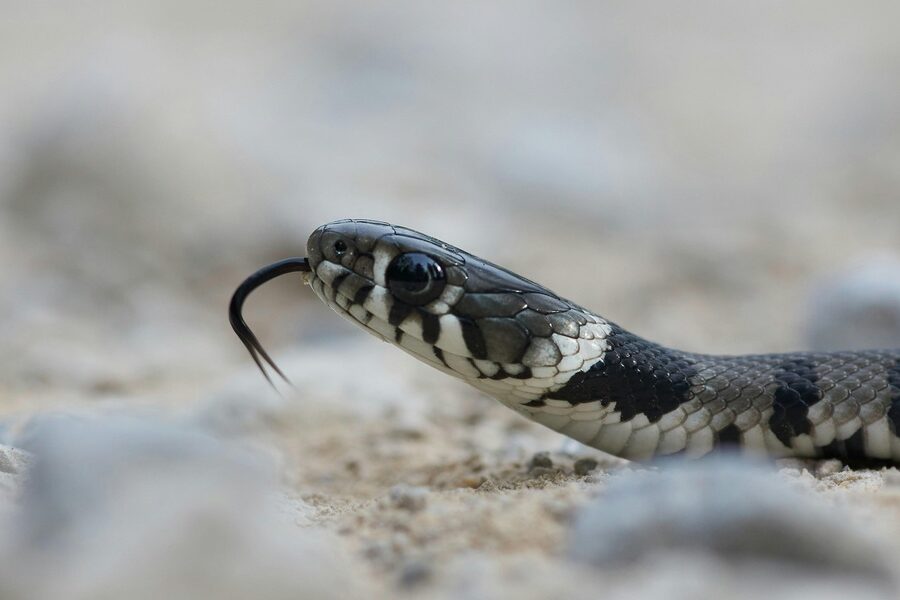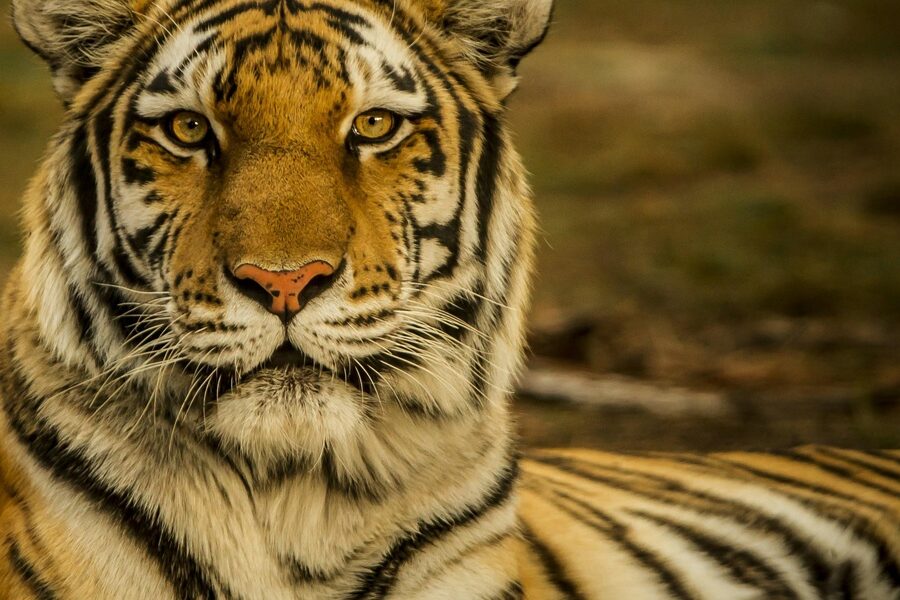Tunisia’s landscape shifts quickly from Mediterranean shorelines and olive groves to rugged Atlas foothills and the edge of the Sahara, and with that variety comes a wide range of wildlife. Whether you’re hiking coastal dunes or crossing rural tracks, it’s useful to know which animals can pose threats and where they tend to appear.
There are 18 Dangerous Animals in Tunisia, ranging from Brown dog tick to Wild boar. For each entry you’ll find below the Scientific name,Risk level (1-5),Typical habitat / region — brief, comparable data to help you assess risk at a glance; you’ll find below.
Which animals in Tunisia pose the biggest risk to people?
Large mammals like wild boar and certain snakes cause the most direct physical harm, while arthropods such as the Brown dog tick are a leading concern for disease transmission; assess risk by habitat and season and consult the risk level column for specifics.
How can I reduce the chance of encountering dangerous animals while travelling in Tunisia?
Stick to marked paths, avoid dusk and dawn in wild areas, use insect repellents and protective clothing against ticks, keep food secured to deter mammals, and learn the typical habitats listed for each species so you can plan routes and precautions accordingly.
Dangerous Animals in Tunisia
| Name | Scientific name | Risk level (1-5) | Typical habitat / region |
|---|---|---|---|
| Saharan horned viper | Cerastes cerastes | 5 | Sandy deserts, southern Tunisia (Sahara) |
| Sahara sand viper | Cerastes vipera | 4 | Dunes and arid plains, south and central Tunisia |
| Montpellier snake (false cobra) | Malpolon monspessulanus | 3 | Coastal scrub, agricultural lands, northern and central Tunisia |
| Fat‑tailed scorpion | Androctonus australis | 5 | Arid zones, oasis edges, southern and central Tunisia |
| Deathstalker scorpion | Leiurus quinquestriatus | 5 | Sandy and rocky deserts, southern Tunisia |
| Buthus scorpion complex | Buthus occitanus (sensu lato) | 4 | Scrub, agricultural areas, widespread Tunisia |
| Mediterranean black widow | Latrodectus tredecimguttatus | 3 | Coastal scrub, rocky areas, buildings near coast |
| Mediterranean recluse (violin spider) | Loxosceles rufescens | 3 | Urban buildings, dark indoor crevices, all regions |
| Mauve stinger jellyfish | Pelagia noctiluca | 3 | Mediterranean nearshore waters, especially summer blooms |
| Common stingray | Dasyatis pastinaca | 3 | Sandy seabeds and shallow coastal bays, Mediterranean coast |
| Greater weever fish | Trachinus draco | 3 | Sandy nearshore waters, shallow Mediterranean beaches |
| Stinging marine worms & sea anemones | Various cnidarians and polychaetes | 2 | Rocky shores and tidal pools, Mediterranean coast |
| Mosquito (West Nile vector) | Culex pipiens | 3 | Urban and rural standing water, nationwide in summer |
| Sandfly (Leishmania vector) | Phlebotomus spp. | 3 | Rural, peri‑urban, caves and rodent burrows, summer nights |
| Brown dog tick | Rhipicephalus sanguineus | 3 | Domestic settings, kennels, rural and urban areas |
| Stray dog (rabies/bites) | Canis familiaris (feral/stray) | 4 | Urban and rural settlements, outskirts of towns |
| Red fox (rabies reservoir) | Vulpes vulpes | 3 | Forests, rural areas, outskirts of towns |
| Wild boar | Sus scrofa | 3 | Woodlands, riparian areas, north and central Tunisia |
Images and Descriptions
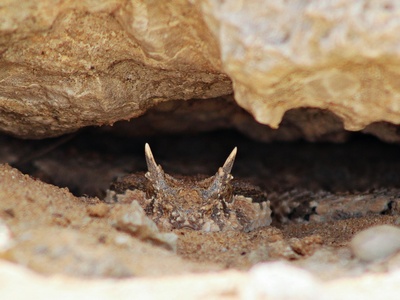
Saharan horned viper
Sandy, stout viper with horn-like scales over eyes. Highly venomous; bites can be life‑threatening if untreated. Most active spring–autumn. Avoid walking barefoot in dunes; immobilize limb, seek emergency antivenom and hospital care after bite.
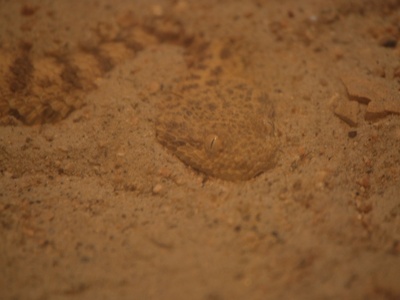
Sahara sand viper
Small, sand‑colored viper often buried in loose sand. Venomous; bites cause pain, swelling, sometimes systemic effects. Active in warm months. Wear boots, watch where you step; keep limb still and get medical attention after a bite.
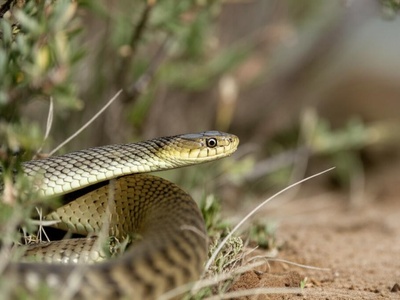
Montpellier snake (false cobra)
Large, fast rear‑fanged snake that can deliver venom via chewing. Not usually fatal but can cause serious local and systemic symptoms. Active spring–summer. Avoid handling; seek medical help if bitten and bring snake ID if safe.
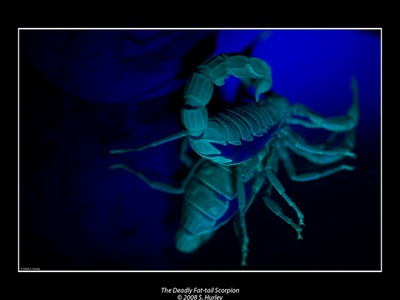
Fat‑tailed scorpion
Robust, yellowish scorpion with thick tail; highly venomous and common in desert areas. Nocturnal; peaks in hot months. Shake out bedding, wear shoes at night; seek emergency care and antivenom for severe stings.
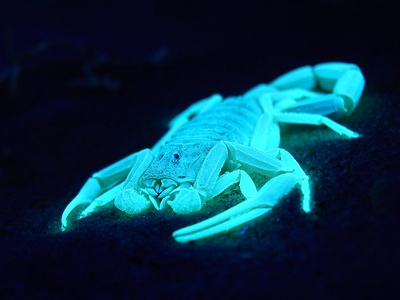
Deathstalker scorpion
Small, pale scorpion with potent neurotoxic venom. Stings cause severe pain, systemic symptoms, especially dangerous to children. Nighttime activity in warm seasons. Avoid sleeping on ground without barrier; get urgent medical care for suspected envenomation.
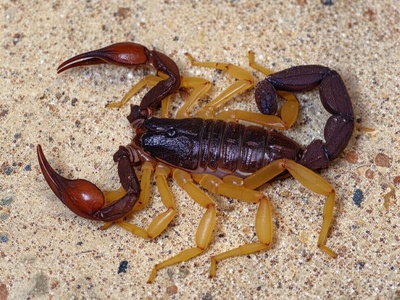
Buthus scorpion complex
Medium scorpion group common around homes and fields; venomous with painful stings and occasional systemic signs. Active warm months, nocturnal. Shake clothing/shoes, use insect screens; seek medical attention if stung, especially in children.
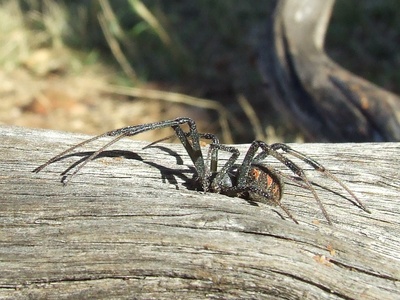
Mediterranean black widow
Shiny black spider with red markings; bites can cause intense pain and muscle cramps. Most incidents occur summer. Avoid reaching into dark crevices; wash bite, seek medical care for worsening pain or systemic symptoms.
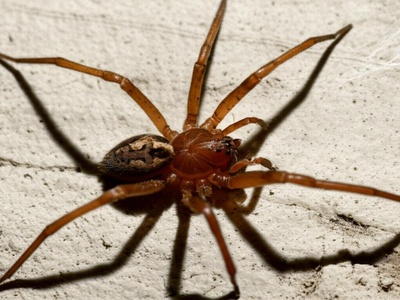
Mediterranean recluse (violin spider)
Small brown spider with violin mark; bites can cause local necrosis in rare cases. Encounters year‑round indoors. Inspect bedding and shoes, keep storage sealed; clean bite, see doctor if lesion worsens or becomes necrotic.
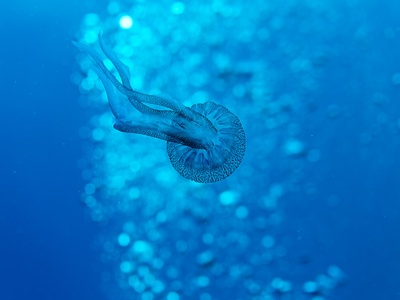
Mauve stinger jellyfish
Pink‑purple pelagic jellyfish causing painful stings, skin irritation and sometimes systemic illness. Seasonal summer blooms. Rinse with seawater (not fresh), remove tentacles with gloved hand, seek medical help for severe reactions.
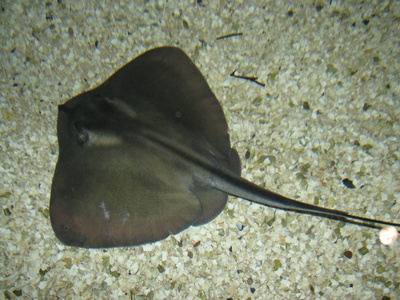
Common stingray
Flat ray often buried in shallow sand; puncture from tail spine causes intense pain and bleeding. Spring–autumn when bathing. Shuffle feet when entering water, soak wound in hot water, seek medical care for antivenom or wound management.
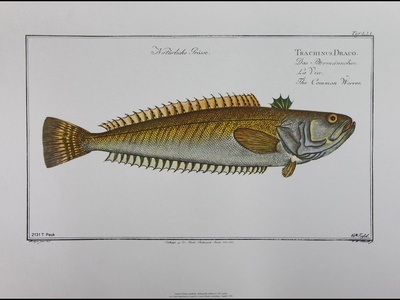
Greater weever fish
Bottom‑dwelling fish with venomous dorsal spines; stepped on by swimmers, causes severe local pain. Warm months. Shuffle feet, wear water shoes; immerse wound in hot water and seek medical attention for pain control and tetanus risk.
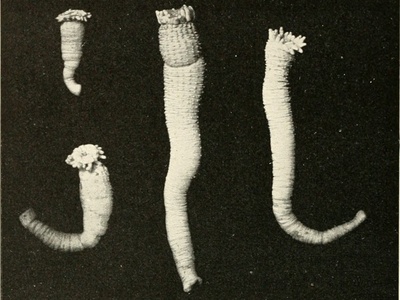
Stinging marine worms & sea anemones
Touching certain anemones or bristle worms leads to stings, rash or painful skin reactions. Mostly seasonal summer exposure. Wear water shoes, avoid handling wildlife; rinse, remove spines and seek care for severe allergic reactions.
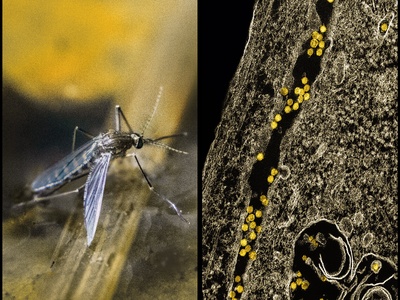
Mosquito (West Nile vector)
Common mosquito species in Tunisia that can transmit West Nile virus; bites are itchy but can rarely cause serious neuroinvasive disease. Peak in warm months. Use repellents, nets, eliminate standing water; seek care for high fever, neurological symptoms.
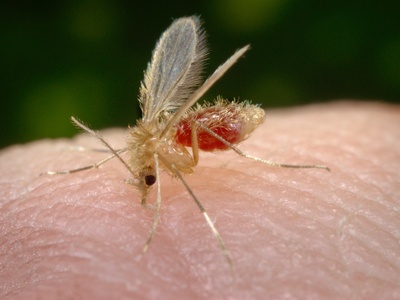
Sandfly (Leishmania vector)
Tiny nocturnal flies that transmit cutaneous and visceral leishmaniasis; bites cause small itchy spots that may develop into ulcers. Peak summer/early autumn. Use repellents, bed nets, avoid dusk/dawn outdoors; see clinic for suspicious persistent lesions.
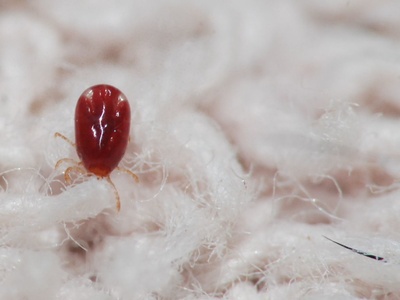
Brown dog tick
Common tick that bites dogs and humans; can transmit Mediterranean spotted fever and other pathogens. Active spring–autumn. Wear long clothing, check for ticks after outdoor activity; remove ticks promptly and see doctor if fever or rash develops.
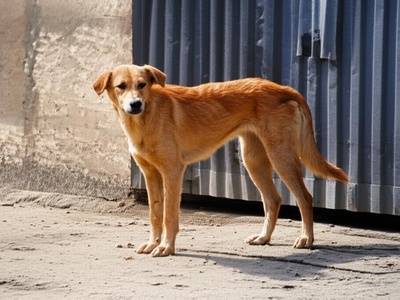
Stray dog (rabies/bites)
Unvaccinated stray dogs may bite and transmit rabies or cause severe injuries. Encounters year‑round. Avoid approaching or feeding strays, vaccinate pets; wash bites thoroughly, seek urgent rabies post‑exposure prophylaxis and medical care.
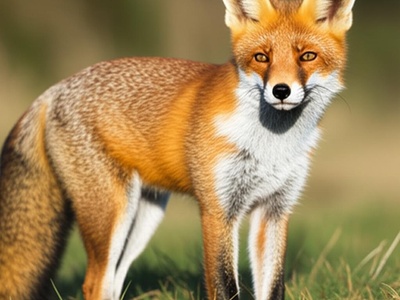
Red fox (rabies reservoir)
Wild foxes can carry rabies and may bite if cornered; generally shy but may approach if ill. Year‑round risk. Do not feed or approach wildlife; report odd behavior, wash bites and seek rabies prophylaxis if exposed.
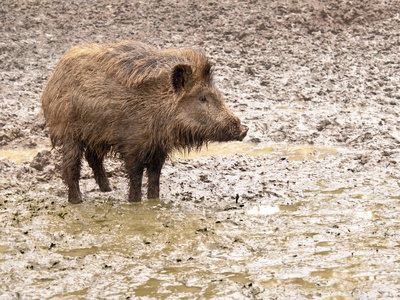
Wild boar
Large, powerful mammals that can charge when surprised or protecting young; injuries from tusks and trampling possible. Encounters more frequent in cooler months and dusk. Keep distance, avoid dense vegetation, back away calmly; seek urgent care for serious wounds.
